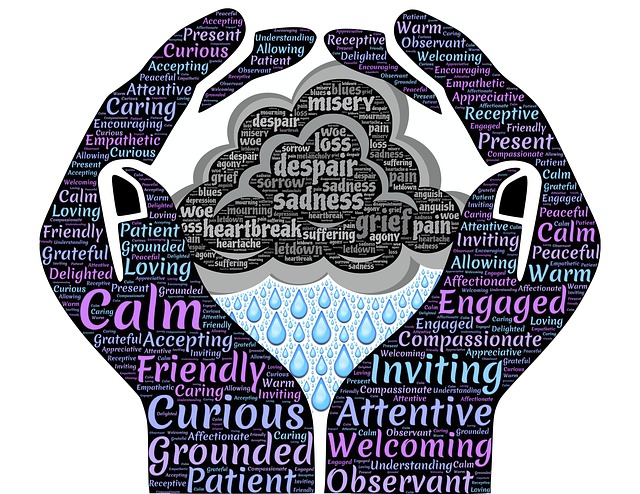Janice Marturano, Founder of the Institute for Mindful Leadership, suggests that to be an excellent leader we need to develop the habit of adding purposeful pauses to our daily activity. Janice reminds us that we spend so much of our day on “autopilot” – unaware of our words and actions and their impact on others. We can be consumed by activity and become oblivious of our lack of congruence – the failure to align our words and actions with what creates meaning in our lives.
Benefits of mindful pauses
Mindful pauses enable us to free ourselves from the endless, captive busyness of work life. They provide the silence and stillness to free up our creativity and develop our expansiveness. In the process, we can increase our self-awareness, improve our self-regulation and begin to identify the negative impacts of our words and behaviour.
Janice argues that a key consequence of purposeful pauses is that we are better able to be fully present and this impacts very positively on others around us, particularly when we are in a leadership role. She suggests that being present “communicates respect, true collaboration and caring”. People readily notice when we are truly present or when we are absent-minded.
Ways to add mindful pauses to your daily work life
Janice suggests three steps to integrate purposeful pauses into your daily work life:
- Choose an activity that you do daily, e.g. walking to the photocopy machine, going to the coffee machine or accessing your email.
- Be fully present for the activity – be really aware of what you are doing and pay full attention to the task. You could employ mindful walking if that is relevant or just stop and pause and form a mindful intention before engaging in the task, e.g. before reading your email. The essential element is to focus on what you are doing, not being distracted by anything else.
- Bring your wandering mind back to your task non-judgmentally – it is only natural for your mind to wander and become absorbed in planning, evaluating or critiquing. Conscious re-focusing trains your mind to recognise how often your are not really present and builds your capacity, over time, to deepen your focus. If you adopt a non-judgmental attitude to your tendency to wander off task, you can also develop self-compassion which strengthens your capacity to be compassionate towards others.
Janice notes that by tying your mindful pauses to an already-established activity, you are not adding anything onerous to your working day. The ease of adopting this practice makes it more sustainable. In another article, Janice offers advice on five ways to find time to pause in your everyday life.
As we grow in mindfulness through mindful practices such as purposeful pauses at work, we heighten our self-awareness, strengthen our self-regulation and increase the positive impact of our presence as a leader.
____________________________________________
Image by Hans Braxmeier from Pixabay
By Ron Passfield – Copyright (Creative Commons license, Attribution–Non Commercial–No Derivatives)
Disclosure: If you purchase a product through this site, I may earn a commission which will help to pay for the site, the associated Meetup group and the resources to support the blog.







